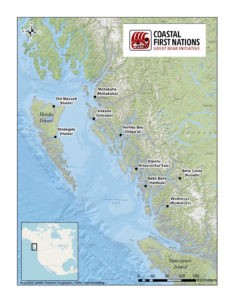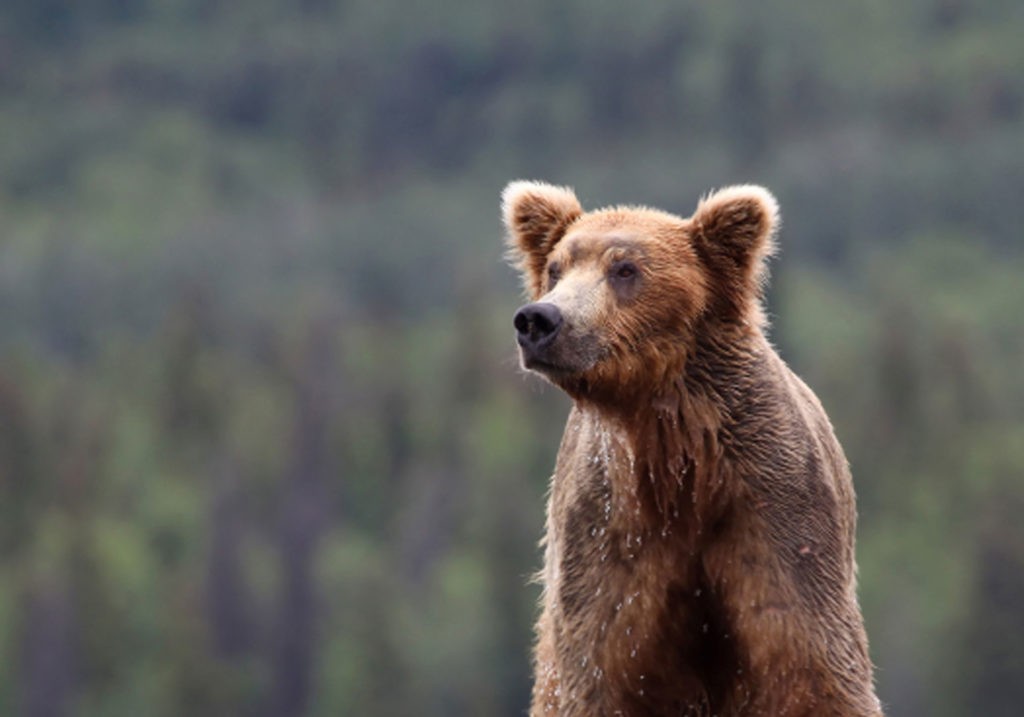Tree Canada is breathing new life into its carbon offset program, Grow Clean Air, through an exciting partnership with the Coastal First Nations-Great Bear Initiative (CFN-GBI).
Individuals and businesses can now offset their emissions by contributing to purchase carbon credits generated by the protection of old-growth trees in the Great Bear Rainforest. Protecting the trees from practices like logging and land clearing helps prevent the release of carbon, which the trees and soil have already sequestered – and continue to store.
Learn more about the new Grow Clean Air program
Partnering with Coastal First Nations 
CFN-GBI is an alliance of First Nations on the North and Central Coast and Haida Gwaii of British Columbia. Although each Nation maintains its own culture and governance, they are working together to protect their traditional lands.
Tree Canada is proud to support Coastal First Nations’ forest-related conservation projects. Through the implementation of ecosystem-based management practices, the success of these projects allows the communities to sell carbon credits for revenue, create jobs in sustainable industries and stewardship, and protect their traditional territories.
The Nations that make up the Coastal First Nations are: Wuikinuxv, Heiltsuk, Kitasoo Xai’xais, Nuxalk, Gitga’at, Gitxaala, Metlakatla, Old Massett, Skidegate, and Council of the Haida Nation.
How does the Grow Clean Air program work?
All contributions to Grow Clean Air go towards the purchase of carbon credits from CFN-GBI. Once a credit is purchased, the carbon is retired into the B.C Carbon Registry within 30 days. Credits are generated based on annual tree audits in the old-growth forest, where the carbon sequestration is calculated after it has occurred.
About the Great Bear Rainforest
The beautiful Great Bear Rainforest spans 6.4 million hectares on the North and Central Coast of British Columbia. Rich in biodiversity, the Great Bear Rainforest is home to abundant marine life and mammals, such as grizzly and spirit bears, millions of migratory birds, plants and old-growth trees, and is the traditional territorial land of coastal First Nations that steward the land. It is part of the largest and most ecologically preserved temperate forest on Earth.

All photos on this page are courtesy of Coastal First Nations.
Back to all articles